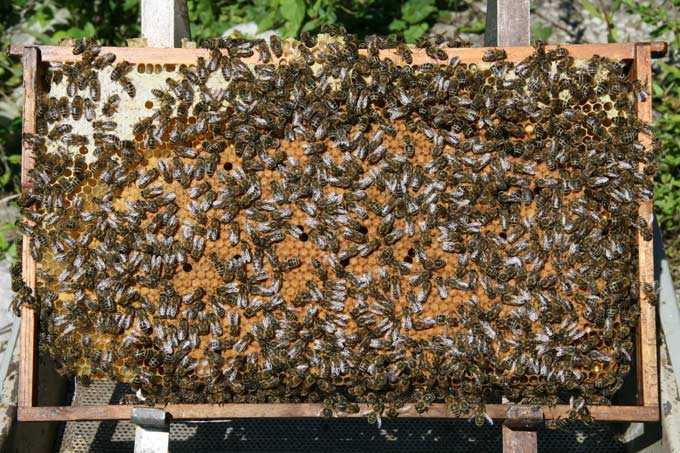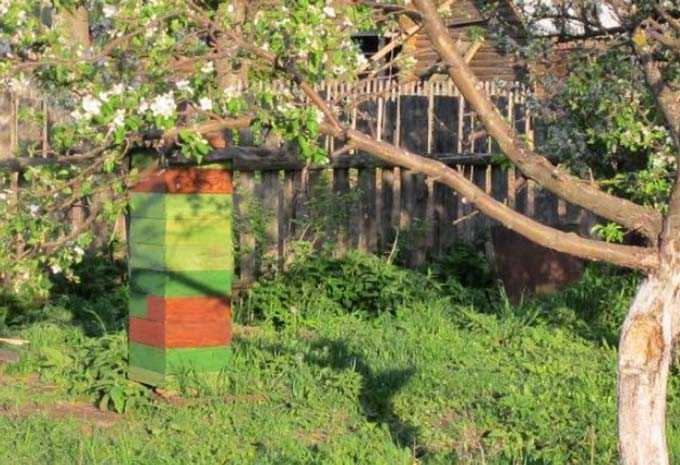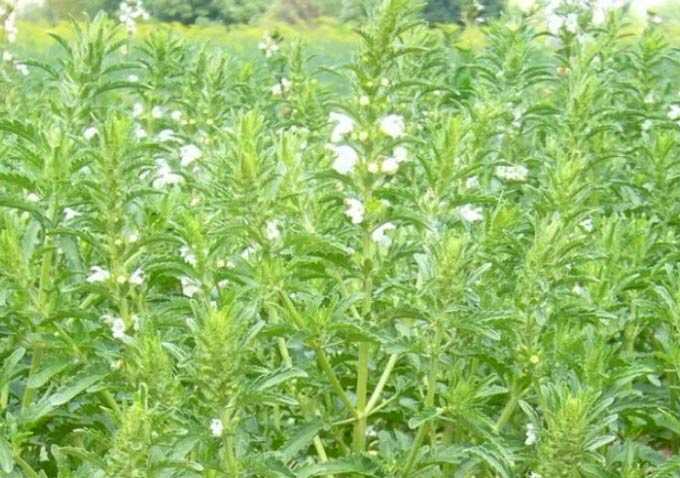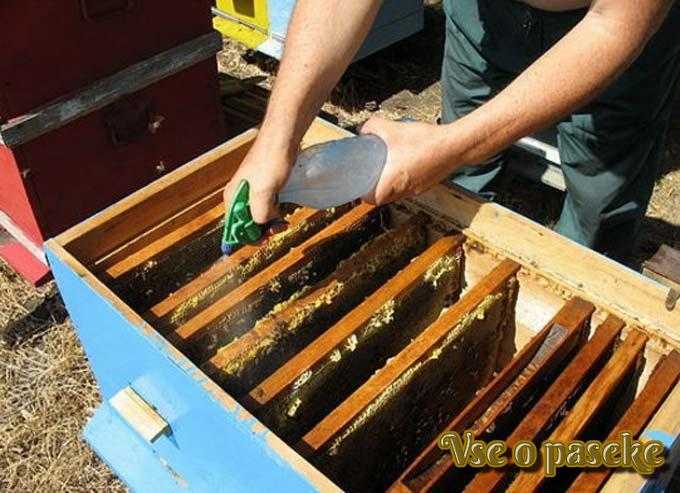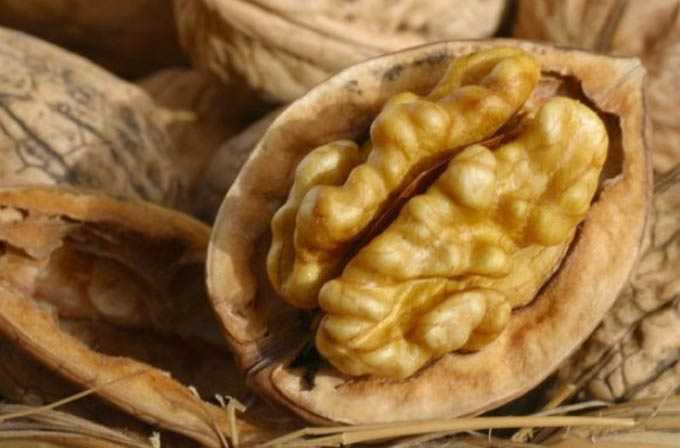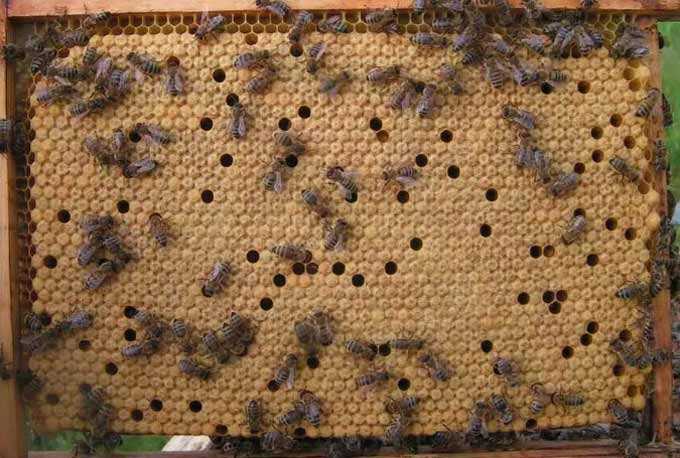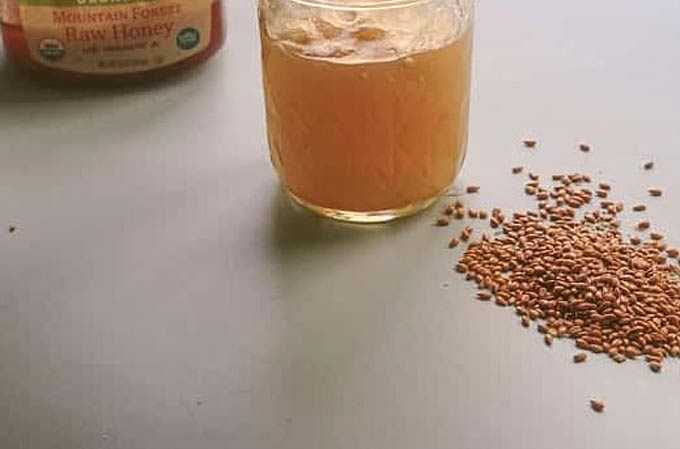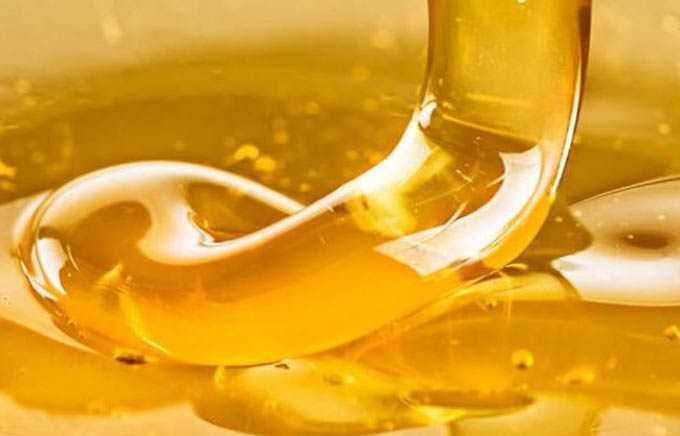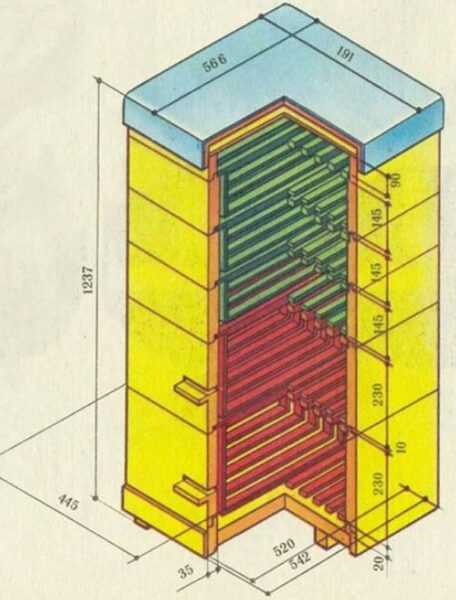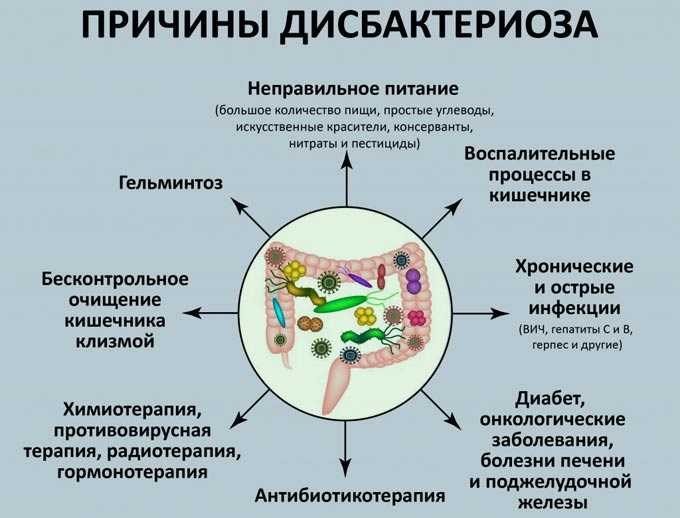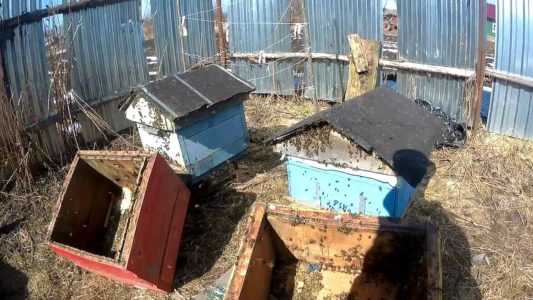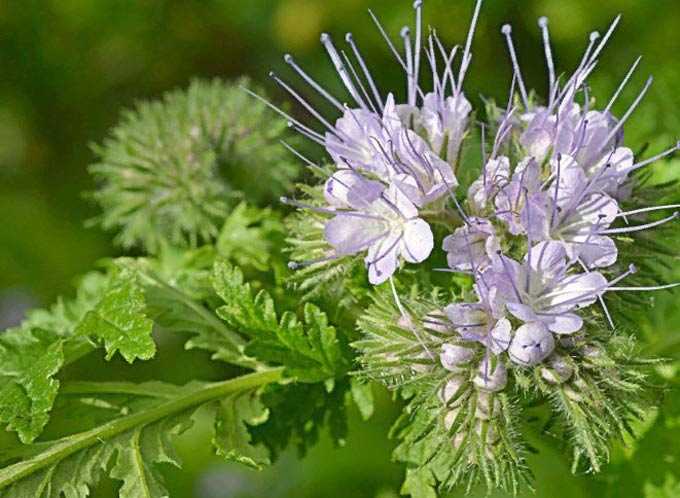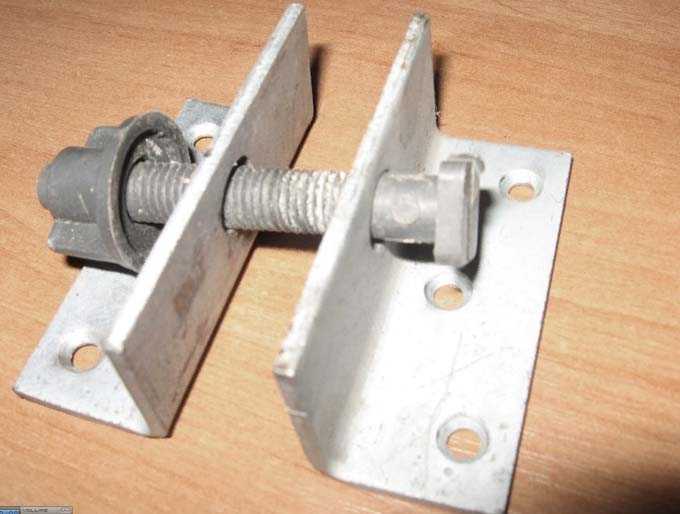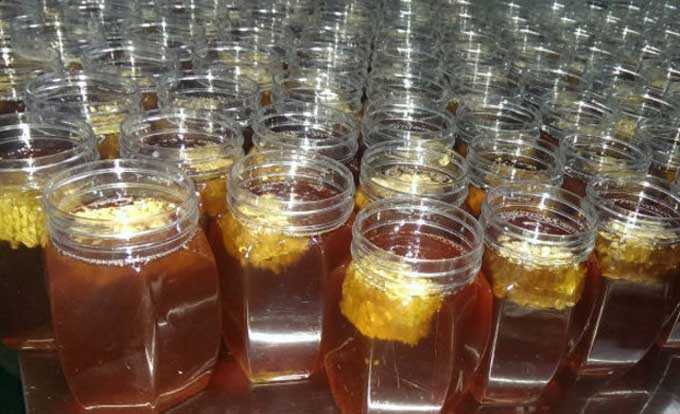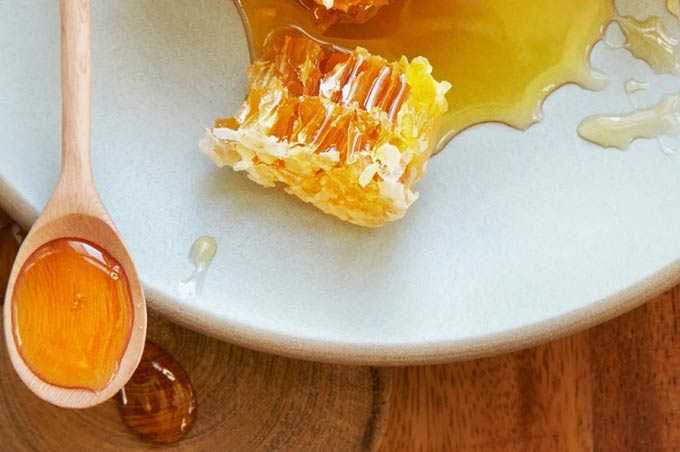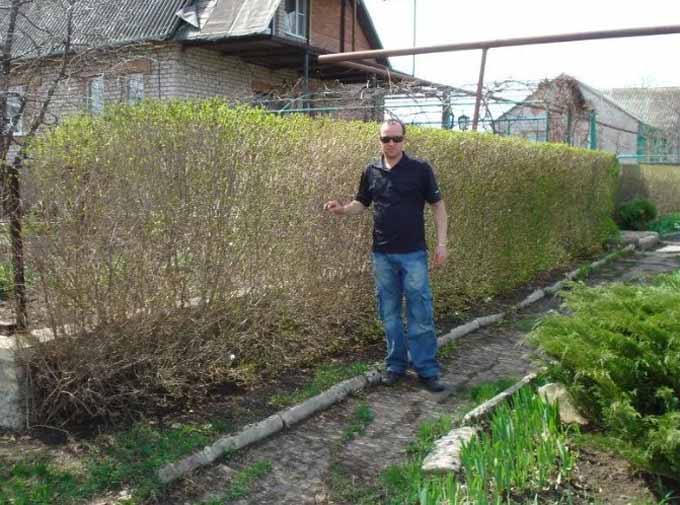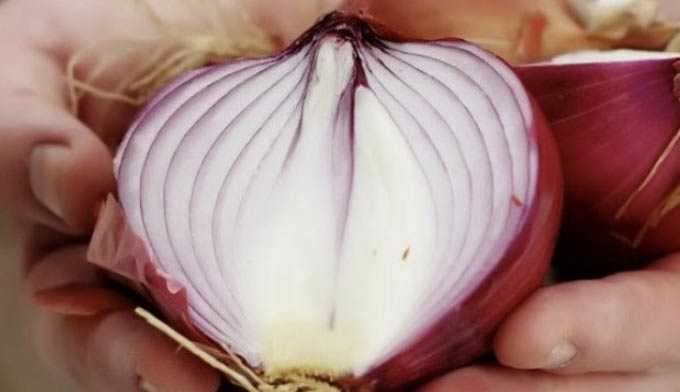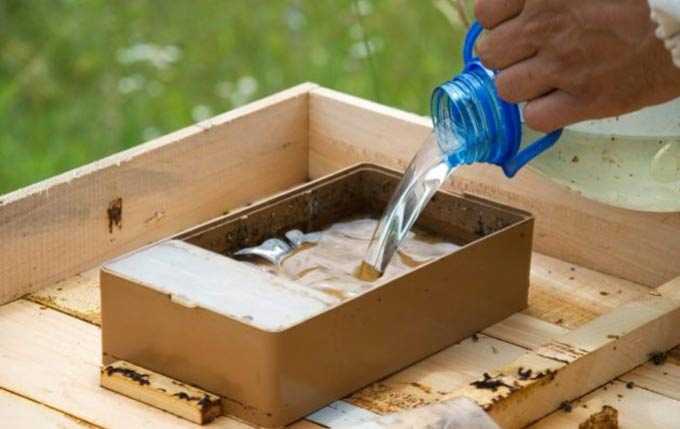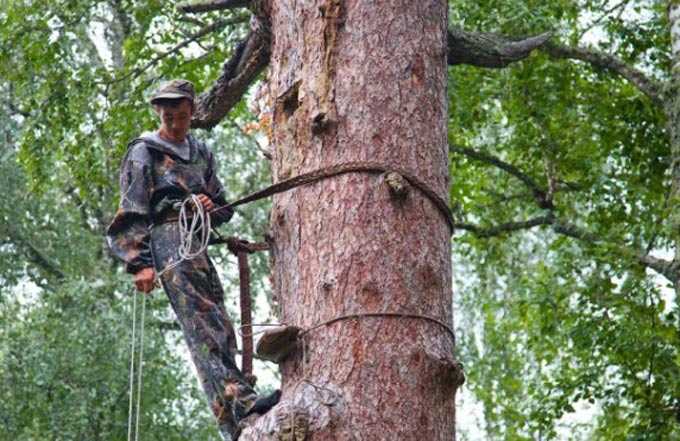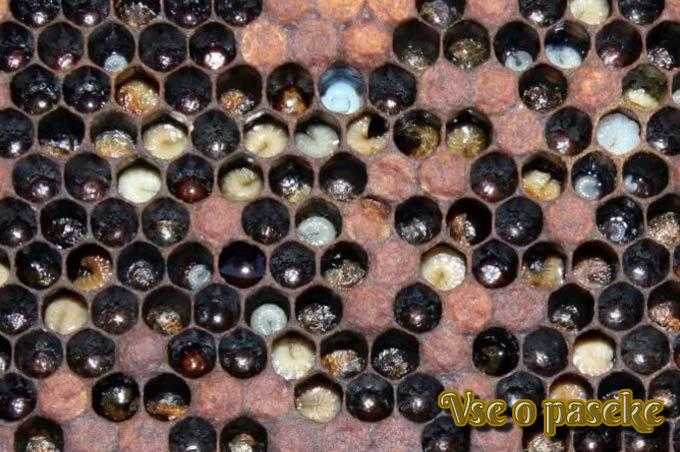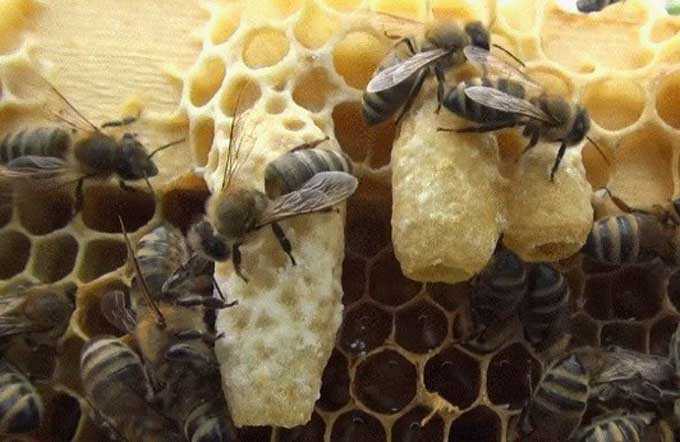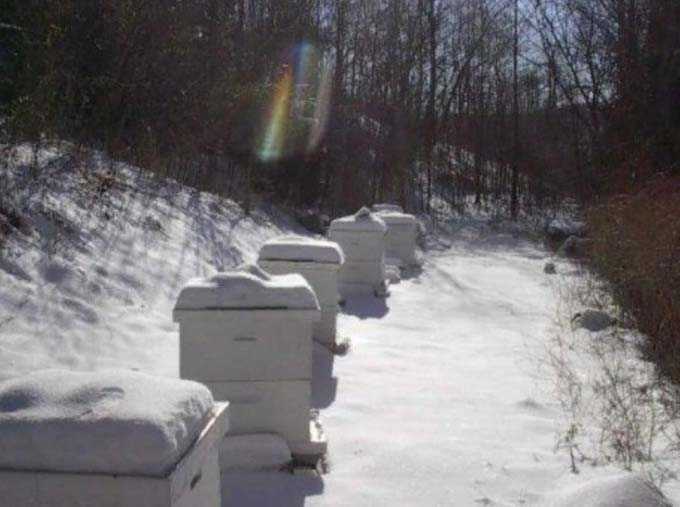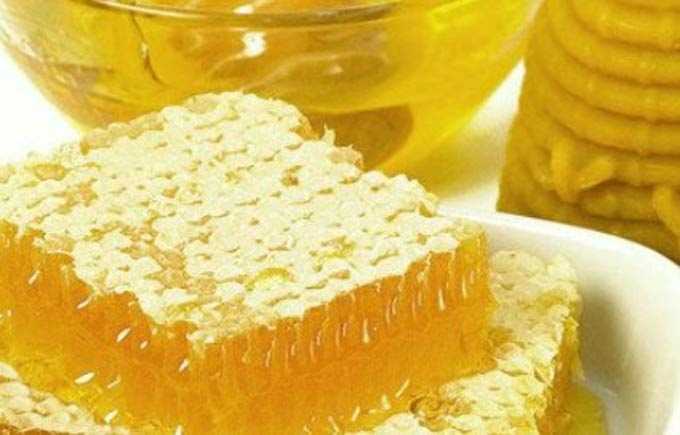Many experienced beekeepers probably met ignorant people in their practice asking how many bees there are in the hive. The same topic often worries newbie beekeepers. Their curiosity is quite understandable and logical. After all, the answer to this question allows us to find out what a healthy bee colony is capable of producing a good harvest of honey.
The content of the article
- 1 What determines the harvest of honey
- 2 Nest size during honey collection
- 3 How to strengthen bee colonies to bribe
- 3.0.1 Author: Sergey Kosenko
What determines the harvest of honey
Of course, it is impossible to calculate the exact number of bees in the hive, just as it is probably impossible to establish the exact number of the inhabitants of the Earth – every minute new people are born and at the same time someone dies.
This is how the beehive lives! Every day the queen is worming, brood comes out, the flight bee dies of old age or dies in flight, during examinations. But, despite this, the question of how many bees are in one hive, for example, during the honey collection period, is completely useful.
After all, to get a good harvest of honey, four factors are needed:
- the presence of a sufficient number of melliferous plants within a radius of 2-3 km from the apiary;
- favorable weather conditions for the work of bees;
- a strong family during the main bribe period;
- lack of a swarm state.
And if the first factor depends on the beekeeper only if he uses a nomad, and when choosing a place to place a stationary apiary, one can focus only on wild plants – since it is impossible to control the sowing of agricultural crops in the fields, then the third and fourth factors are directly related to the activities of the beekeeper himself.
As for the weather conditions, which are directly related to the massive flowering of melliferous crops, they generally do not depend on the will and desire of the apiary owner.
Nest size during honey collection
Experienced beekeepers measure the strength of a colony by the number of frames covered by bees:
- on one honeycomb frame 435 by 300 mm or in a street between two such frames there are about 250 grams of bees – this is true for a Dadanovsky hive or a lounger built for the indicated dimensions;
- and on the 435 x 230 mm frame used in multi-hull houses, there are approximately 200 grams of insects.
1 kg of bees contains about 10 individuals.
During the bribe period, the bee colony will:
- weak if it is less than 3,5 kg;
- medium, if it holds up to 5 kg.
From 6 kg or more, the bee family can rightly be called strong… Moreover, one strong family is capable of producing 2-3 times more honey than two and even more so three bee families in total having the same weight.
This is due to the fact that in a strong nest, a much larger number of individuals may not be distracted by heating, feeding the brood, and flying for nectar. As a result, honey ripens faster, the flight bee wears out less – the life expectancy of insects increases.
Practitioner beekeepers have found out how long bees live in a hive during honey collection:
- up to 60 days in a strong bee colony;
- up to 35 in the middle;
- about 30 days in weak.
According to the latest scientific research data, as well as long-term observations of experienced beekeepers from the point of view of honey productivity (the amount of marketable honey brought by one kilogram of bees’ live weight), the optimal strength of a bee colony is considered to be 6-8 kg. That is, two families of 6-8 kg each will bring more honey than one with a force of 12-18 kg, especially since such a super-strong family will constantly have a tendency to swarm.
How to strengthen bee colonies to bribe
The beekeeper can achieve such a strength of families for the main bribe by the following measures:
- It is necessary to ensure that the nests contain highly productive queens no older than two years.
- Provide a constant amount of feed – and this is at least 10-15 kg of honey.
- Substitute in a timely manner a sufficient amount of land or foundation for sowing on the basis that the uterus can worm up to 2 eggs per day.
- To equalize the strength of bee colonies in the apiary by selecting frames with printed brood from superstrong colonies and transferring them to weaker and medium nests. This event is at the same time a good anti-combat method.
- Prevent a swarm state, including by creating anti-swarm layers.
The optimal strength of a colony for the main feed is the presence of 60-000 individuals in the nest. That is the number of bees in one hive should be during honey collection. If there are fewer of them, the maintenance will be economically disadvantageous for the owner of the apiary. Such a bee colony will bring honey only for itself for the winter – the beekeeper will be able to pump out only a little. And if the family numbers more than 80 individuals, after the end of the bribe, the bees will eat almost all of the supplied food supply.
